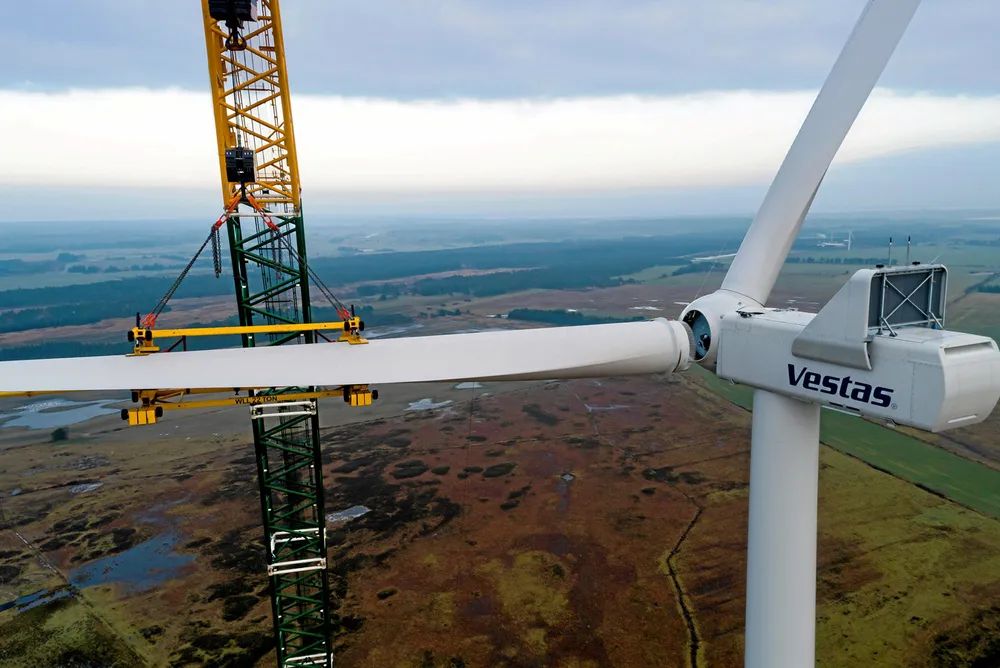US lawsuit targets $500m Repsol wind farm slated to use Vestas turbines
Campaigners lodge suit challenging approval of oil group's Wind Tie project in Wyoming

Campaigners have started a legal bid to halt a $500m wind project in the US under development by Spanish oil group Repsol and planning to use Vestas wind turbines.
Opponents just before Christmas lodged a suit with a federal court in Wyoming challenging the US Department of Energy’s Record of Decision (ROD) approving the 504MW Rail Tie project, and the environmental impact statement on which it relied.
Rail Tie is a two-stage project intended to span 26,000 acres in Albany County and would be the biggest in the state so far if it enters service as planned by the end of 2026, according to the petitioners.
The legal suit – lodged by two organisations and several individuals – claims the federal Western Area Power Administration (WAPA) failed to adequately take account of a string of environmental impacts from the project, alleging that its conclusions “amount to ‘just trust us’”.
The petitioners include one described as a wildlife biologist specialising in the tagging of Golden Eagles, which the suit claims have been previously harmed by wind projects in the state.
One of the lawsuit’s specific complaints over the environmental review concerns what it claims is “a stunning dearth of dispositive information” over the type and size of wind turbine to be used, rendering as “guesswork” their impact on the landscape.
Rail Tie is due to begin construction this spring, according to Repsol’s website, which also discloses that the project is currently intending to use Vestas V150-4.2MW turbines with a tip height of 590.5ft (180 metres) for the development.
Repsol said on its site that it made the decision after considering a range of machines between "a 3MW turbine with a total height of 500ft [and] a 6MW turbine with a total height of 675ft".
"The wind industry is trending towards larger, more efficient turbines, which is a positive trend because it means that wind projects require fewer turbines and less ground disturbance to produce more energy," said the developer.